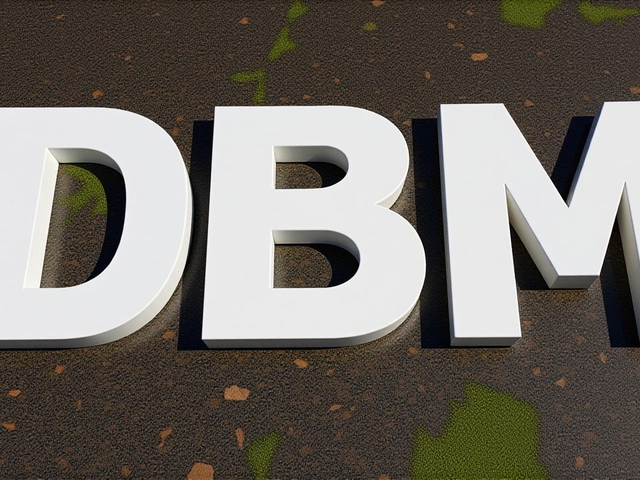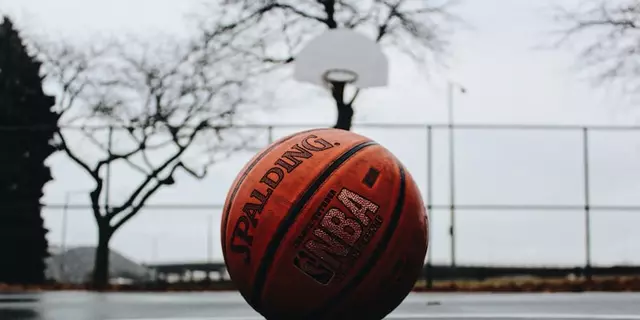How Long Does a Basketball Game Really Last?
If you’ve ever asked a friend why a basketball match feels longer than the clock says, you’re not alone. The official time on the scoreboard is just part of the story. In this guide we break down the real duration of a game, from youth courts to the NBA, and give you tips on what to expect as a player or a fan.
Official Clock vs. Actual Game Time
The official game clock is measured in quarters or halves, depending on the competition. In most professional leagues the game is split into four 12‑minute quarters. That adds up to 48 minutes of counted time. In college basketball you get two 20‑minute halves, also totaling 40 minutes. Youth leagues often use shorter periods – 8‑minute quarters for under‑12s, for example. Those numbers sound quick, but the clock stops a lot.
Every time a foul is called, the ball goes out of bounds, or a timeout is taken, the clock stops. In the NBA that adds roughly 2–3 minutes per quarter, so a full game usually stretches to about 2 hours and 15 minutes. College games tend to run a bit longer – around 2 hours and 30 minutes – because of longer halftime breaks and more frequent stoppages.
Overtime and Extra Time
When the score is tied at the end of regulation, the game goes into overtime. Overtime periods are five minutes long in the NBA and NCAA. Each overtime adds another five minutes of playing time, plus the same stoppages that lengthen regular periods. A double‑overtime thriller can push the total playing time past an hour and a half, and the overall event may last over three hours.
Coaches also have to manage timeout usage. In the NBA each team gets seven timeouts per game, with a maximum of four in the fourth quarter. College teams get four timeouts per game, plus a 30‑second media timeout at the first dead ball after the 16‑minute mark of each half. Timeouts stop the clock and add to the real‑world length of the match.
What This Means for Players and Fans
For players, knowing the true duration helps with conditioning. You can’t train just for 48 minutes of action – you need to be ready for the extra minutes that come from stoppages, fouls, and possible overtimes. A good warm‑up and stamina work will keep you sharp for the whole event.
Fans planning a night out should budget at least 2½ hours for a professional game, more if it’s a college matchup or a tournament with potential overtime. Arrive early to catch the pre‑game entertainment and stay for the post‑game analysis – those can add another 15‑20 minutes.
Quick Reference: Game Duration by Level
- NBA: 4×12‑minute quarters, ~2h 15m total.
- NCAA (Division I): 2×20‑minute halves, ~2h 30m total.
- High School: 4×8‑minute quarters, ~1h 45m total.
- U12 Youth: 4×8‑minute quarters, ~1h 30m total.
- Overtime: 5‑minute period + stoppages.
Keep this list handy the next time you schedule a game night. Knowing the real duration helps you plan travel, snacks, and even your own workouts.
Bottom line: the clock says 48 minutes, but a full basketball experience stretches out to well over two hours. Whether you’re playing, coaching, or cheering from the stands, plan for the extra time and you’ll enjoy the game without surprises.
In my experience, the typical high school basketball game usually lasts around 1.5 hours. This includes four quarters, each lasting 8 minutes, along with breaks in between. However, this timeframe can vary depending on factors such as overtime and timeouts. Additionally, halftime breaks can also add extra time to the game's overall duration. It's always a good idea to plan for a little extra time, just in case the game runs longer than expected.




